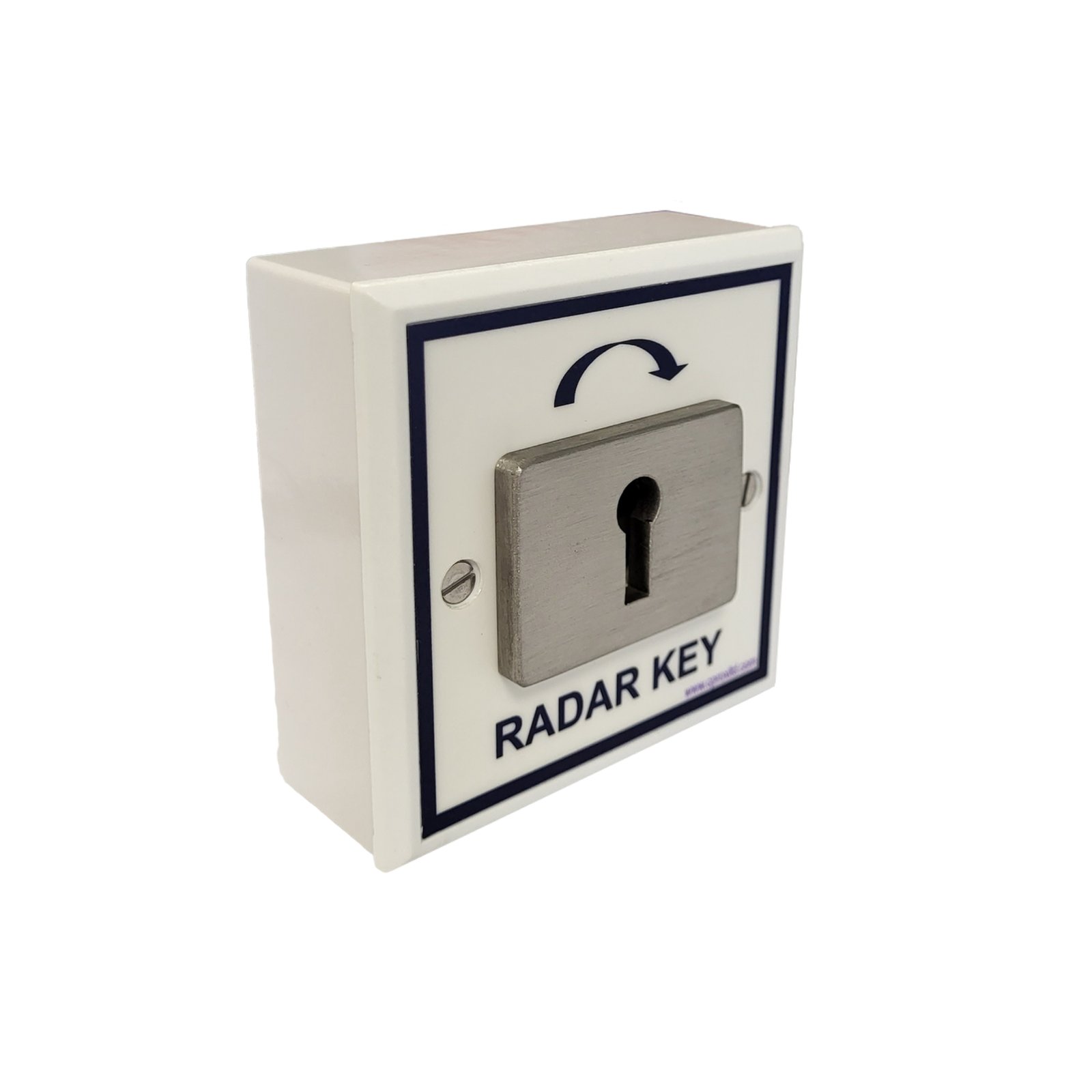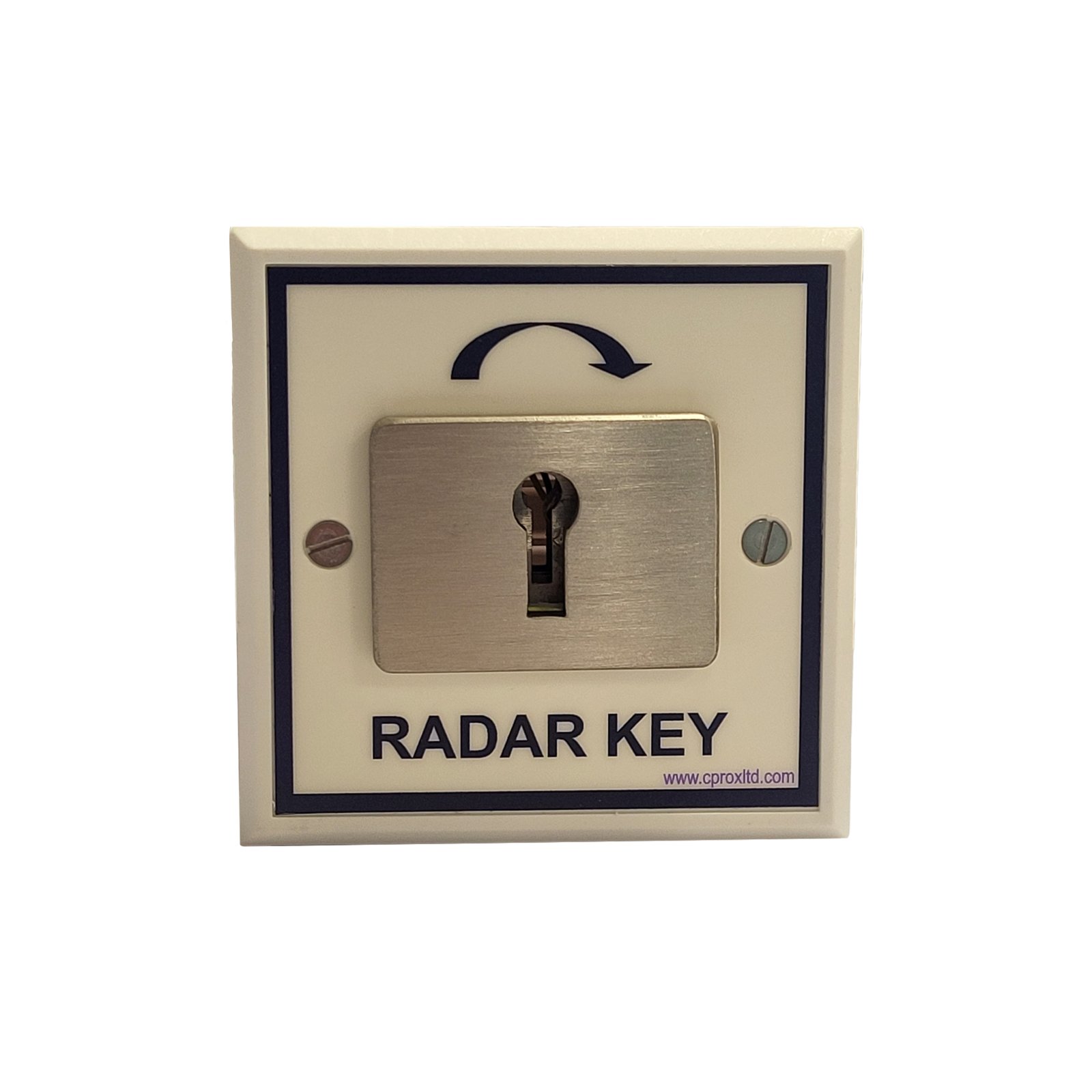Electric Radar Key Entry & Lock System SGWCRADAR
Electric Radar Key Entry & Lock System
Heavy duty disabled toilet Radar single gang entry unit. Comes with a Radar key (colour of key may vary)
What is a RADAR Key?
RADAR Keys allow disabled people to open locked accessible toilets all over the UK. Disabled toilets are common, and certain premises are required to have them by law but they are often locked to ensure they can only be used by people who need them. This can become a problem if a member of staff is not on hand with the key when you need it. If you have mobility problems getting a key in advance is a very good idea.
These are currently made to order and can take 1-2 days.






BEST PRICE
Prices that are hard to beat!
TRADE ENQUIRIES
Set up an online account or contact us for the current trade prices
GUARANTEED
Next-Day Delivery*
Reviews
You Might Also Like
-

2 Position Key Switch KSWON/OFF
2 Position Key Switch Narrow style stainless steel key switch. 2 position - ON/OFF key switch...
£20.99Excluding Sales Tax | ShippingBUY NOW -

Lockable Boxed 12V 3A Power Supply PSU-BB-12V-3A
Boxed 12V 3A Power Supply A high quality 12V 3A switch mode power supply unit, with...
£34.90Excluding Sales Tax | ShippingBUY NOW -

Replacement Radar Keys
Replacement Radar Keys Easy turn Key that suits all...
£3.56Excluding Sales Tax | ShippingBUY NOW







